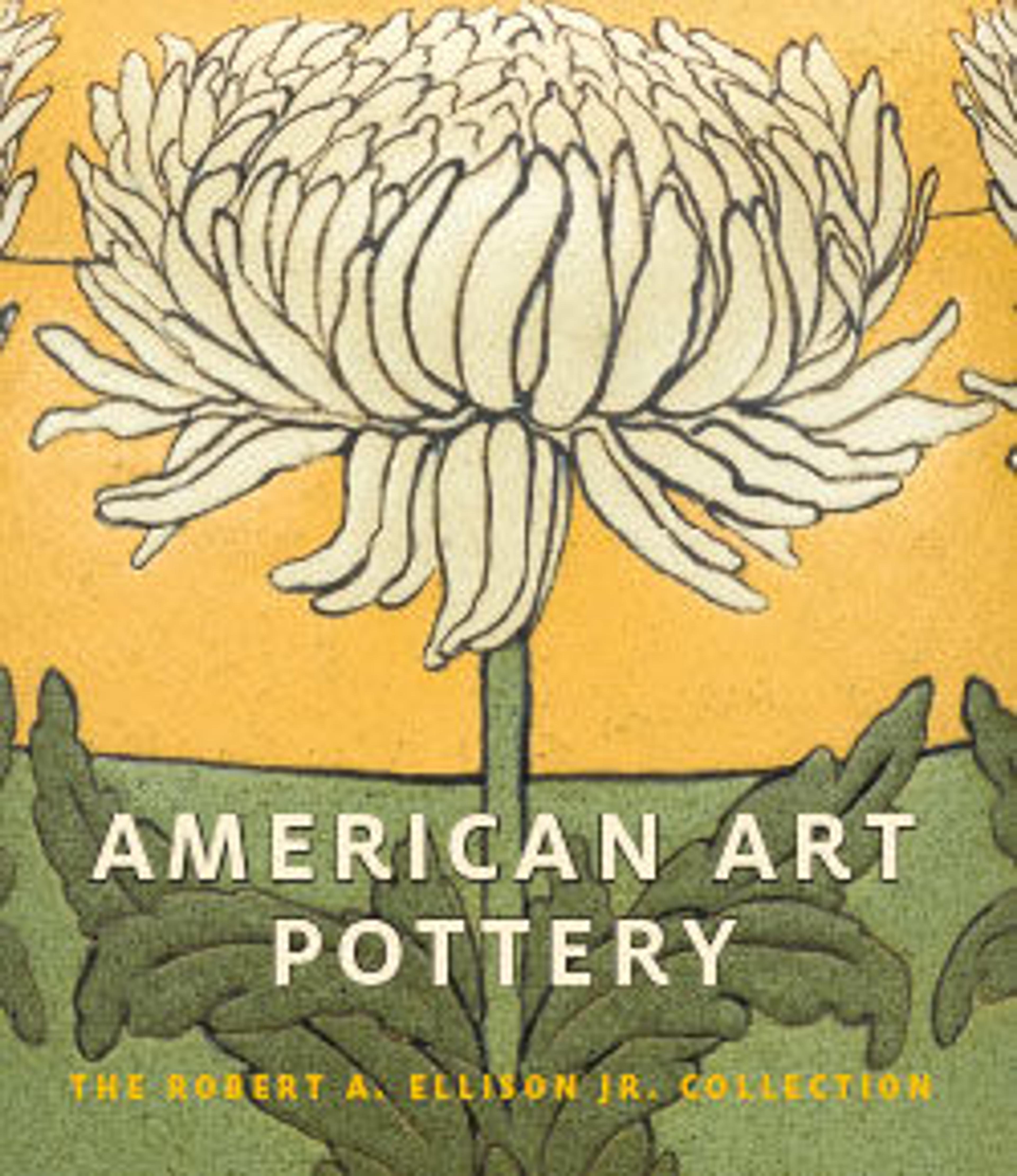Vase
One of the most revered American potters is Adelaide Alsop Robineau, who worked alone in her studio in Syracuse, New York, in the demanding medium of porcelain. A successful china painter and teacher, she also co-published with her husband, Samuel, Keramic Studio, the highly influential periodical. Her artistic porcelains surpassed the work of any American studio potter. Although generally preferred throwing to casting, in about 1905 she produced a line of slip-cast vessels covered with crystalline glazes in the hope that these efficiently made wares might be more commercially viable than her labor-intensive carved work. Deviating from her usual autonomous practice, Robineau hired two male assistants to make the molds, cast the vessels, and firm them. This example, which bears the mark associated with her short-lived cast work, is exceptional in its taut design and especially in the crystalline glaze that covers its surface. Crystal formations engulf the top half and fall haphazardly over the lower portion. The potential profitability of the method, however, was not enough to keep Robineau producing them; she did not enjoy a process in which there was no handwork.
This vase is from the Robert A. Ellison Jr. Collection of American art pottery donated to the Metropolitan Museum in 2017 and 2018. The works in the collection date from the mid-1870s through the 1950s. Together they comprise one of the most comprehensive and important assemblages of this material known.
This vase is from the Robert A. Ellison Jr. Collection of American art pottery donated to the Metropolitan Museum in 2017 and 2018. The works in the collection date from the mid-1870s through the 1950s. Together they comprise one of the most comprehensive and important assemblages of this material known.
Artwork Details
- Title:Vase
- Maker:Adelaide Alsop Robineau (American, Middletown, Connecticut, 1865–1929 Syracuse, New York)
- Date:ca. 1905
- Geography:Made in Syracuse, New York, United States
- Culture:American
- Medium:Porcelain
- Dimensions:3 7/8 in. (9.8 cm)
- Credit Line:Gift of Robert A. Ellison Jr., 2018
- Object Number:2018.294.198
- Curatorial Department: The American Wing
More Artwork
Research Resources
The Met provides unparalleled resources for research and welcomes an international community of students and scholars. The Met's Open Access API is where creators and researchers can connect to the The Met collection. Open Access data and public domain images are available for unrestricted commercial and noncommercial use without permission or fee.
To request images under copyright and other restrictions, please use this Image Request form.
Feedback
We continue to research and examine historical and cultural context for objects in The Met collection. If you have comments or questions about this object record, please contact us using the form below. The Museum looks forward to receiving your comments.
